Live Review: Brubecks’ Ansel Adams: America – Baltimore Symphony Paints Pictures in Music (2010.12.02)
 First off, apologies for being quiet on the classical front. While you may be inclined to trek out to any show at all hours, the majority of the symphony and chamber audience express trepidation on ice. The biggest casualties of the snow: BSO’s Porgy And Bess, and the Candlelight Concert Society’s All-Beethoven program with the Leipzig Quartet, which could have gone down as my “concert of the decade” — had it only happened. (Chin up, readers, the elusive and exemplary Leipzig players may still return in late 2010-2011).
First off, apologies for being quiet on the classical front. While you may be inclined to trek out to any show at all hours, the majority of the symphony and chamber audience express trepidation on ice. The biggest casualties of the snow: BSO’s Porgy And Bess, and the Candlelight Concert Society’s All-Beethoven program with the Leipzig Quartet, which could have gone down as my “concert of the decade” — had it only happened. (Chin up, readers, the elusive and exemplary Leipzig players may still return in late 2010-2011).
When the BSO struck up the opening of Dave and Chris Brubeck’s Ansel Adams: America concertgoers settled into their seats once again after a forced absence. Composer Chris Brubeck appeared on-stage as a complete surprise. Maestra Marin Alsop invited him to say a few words, “Since you’re alive.” And he told us of hanging clouds and suspended chords (before proceeding to sit down just in front of me). Those clouds came, of course, from Ansel Adams’ photographs.
Pictures tied the three musical offerings of the night together. A screen above the stage displayed Adams’ photographs during the piece in a way that was meant, I’ll bet, to mimic casual improvisation rather than PowerPoint precision — as if image should spring from music as much as music from image. Marin Alsop was right to say “A phrase of music is worth 1,000 pictures.” But to me, a former photography student, well acquainted with the power of Adams’ images, the music was not worthy of the images. The lights flashed up bright with the plumy brass opening, thick and stoic, violins rushed in and the lights went down, full of promise.
We saw a house, then a boy in sailor hat as the piano lead. Turns out Adams spent his youth working towards a career as a concert pianist, but then Yosemite happened at 14 or 15. He fell in love with the place, fell in love with the daughter of the man who ran the general store where he got his film developed. All this love, reduced down musically to cinematic cliché with a few moments of bright urgency. Women sifting maize demand the maracas, which crackled and danced. But I’d rather not have known, for example, when Chris and Dave were attempting to capture the majesty of Adams’ El Capitan.
As an overture, Ansel Adams: America did the job, as a work of multi-media mastery it fell short. It suffered under the weight of too much orchestral Americana and not enough raw jazz-work to keep your attention, never straying far from the main theme. From what I can tell, vibes, woodblock and cymbal had the most fun.
There was a single moment of genius: in a drive toward what seemed the usual pomp of an ending, the full orchestral force stops down to a single note on Concertmaster Carney’s bow, like the perfect musical analogy of a pinhole camera. The photograph on screen as Carney carried the phrase showed Adams’ shadow on the face of a rock. The shadow of the man at work could have been the last image: he blocks sunlight like the shutter, perfectly timed, seals an image on the negative.
The too-little performed work of Paul Hindemith, Mathis de Maler, brought the night to glorious heights. Hindemith chose Matthias Grünewald’s masterpiece, the Isenheim Altarpiece, to inspire a three-movement symphony (in addition to an opera) which Glenn Gould was right to call a “Renaissance contrapuntal jamboree.” As is fit of such a work, we started the first movement “Angelic Concert” on unison and made way for the trombones and trumpet.
Marin strung her arrow of potency in the last movement: “Temptation of St. Anthony.” There we were caught in superb unmetered upheaval. The strings swooped and plummeted like dive-bombing birds of harrowing accuracy. Gone was the light “flighty” angel of the first movement. The snare drum roiled the air before percussionist Brian Prechtl brought on the thunder. Furies cried in an itchy trill quietly held on the violins to the peak of endurance — a rarified haunting worthy of fantastic demons.
Introducing the final work, Ravel’s transcription of Modest Mussorgsky’s Pictures at an Exhibition, Marin showed us a few drawings by Victor Hartman which inspired this musical walking tour. “Maybe we know why a lot of them were lost,” she joked. Drawing on everything from a sketch for a very curious clock (Baba Yaga’s Hut on Hen’s Legs) or children playing in the Tuileries to unhatched chicks in a ballet, Mussorgsky offers painterly depictions separated in the early movements by promenades. Here the BSO really turned up the sound. Though I prefer the piano solo version, this performance diminished my arsenal for argument. Brian Sacawa on alto sax voiced the rich, buttery lines in “The Haunted Castle” — a duet with bassoon. This deep and delicious perfection went far beyond simply suggesting some old, dusty troubadours. All was vivid and sharply in focus, crowned abundantly by Slavic grandeur as we passed under “The Great Gate of Kiev,” and after applause, out into the snow-filled night.
Related posts
- Live Review: Colin Currie, Hannu Lintu Take Finns To Baltimore Symphony Orchestra (2010. 04.09)Conductor Hannu Lintu, borrowed by the BSO for the night...
- Live Review: John Adams with the NSO; Leila Josefowicz Breaks Out Six String Electric Violin (2010.05.20)Leila Josefowicz kicks arse. She broke out the “Violectra” for...
- Live Review: Alfred Hitchcock’s Psycho Hijacks Baltimore Symphony (2009.07.10)Who knew the word “transvestite” would be uttered aloud in...
- Live Review: Leila Josefowicz Gives John Adams’ Violin Concerto Total Depth (2009.10.29)John Adams’ Violin Concerto comes across like a melodic discourse...
- Live Review: Jean-Yves Thibaudet’s Left Hand Sweeps D.C. Symphony Goers Onto Feet (2010.04.30)Thibaudet is certainly the man for the job to enthrall...





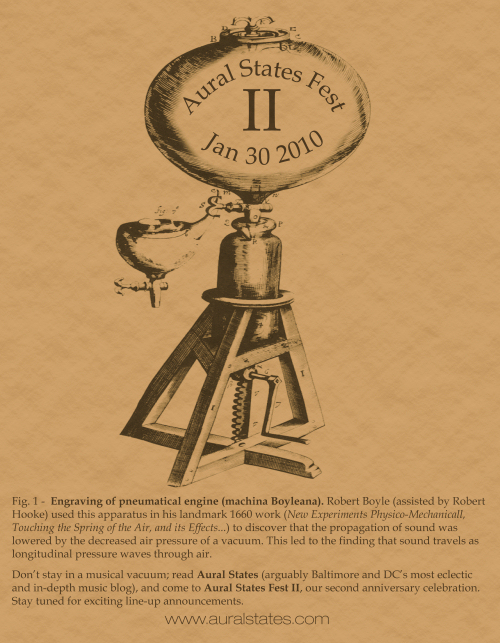
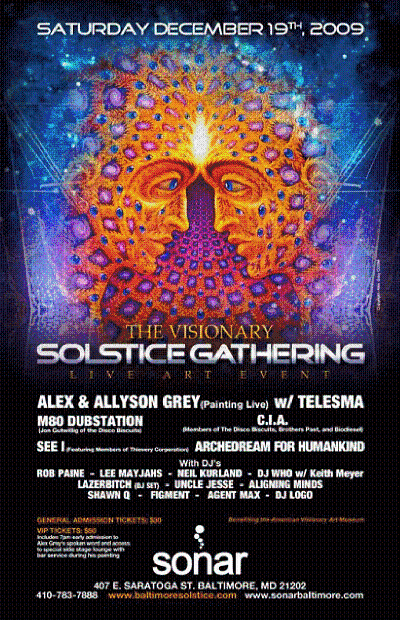










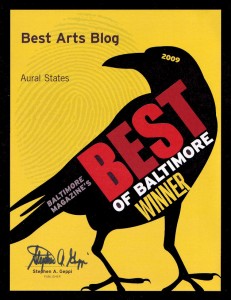


 Double Dagger: Masks EP
Double Dagger: Masks EP Pfisters: Narcicity
Pfisters: Narcicity Lizz King: All Songs Go To Heaven
Lizz King: All Songs Go To Heaven Imperial China: Phosphenes
Imperial China: Phosphenes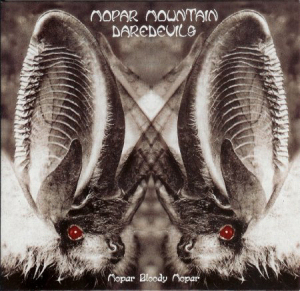 Mopar Mountain Daredevils: Mopar Bloody Mopar
Mopar Mountain Daredevils: Mopar Bloody Mopar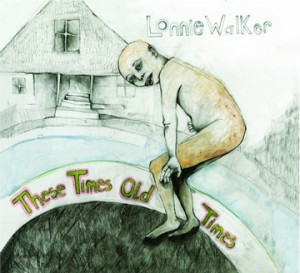 Lonnie Walker: These Times, Old Times
Lonnie Walker: These Times, Old Times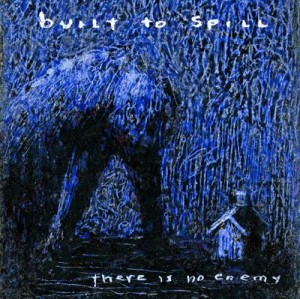 Built to Spill: There Is No Enemy
Built to Spill: There Is No Enemy Hypnotic Brass Ensemble: Hypnotic Brass Ensemble
Hypnotic Brass Ensemble: Hypnotic Brass Ensemble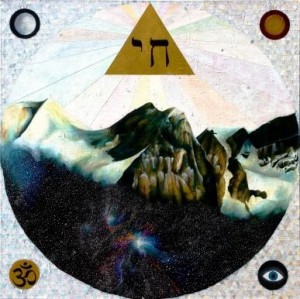 Secret Mountains: Kaddish EP
Secret Mountains: Kaddish EP Bela Fleck: Throw Down Your Heart: Tales From the Acoustic Planet, Vol. 3 -Africa Sessions
Bela Fleck: Throw Down Your Heart: Tales From the Acoustic Planet, Vol. 3 -Africa Sessions Lands & Peoples: Lands & Peoples EP
Lands & Peoples: Lands & Peoples EP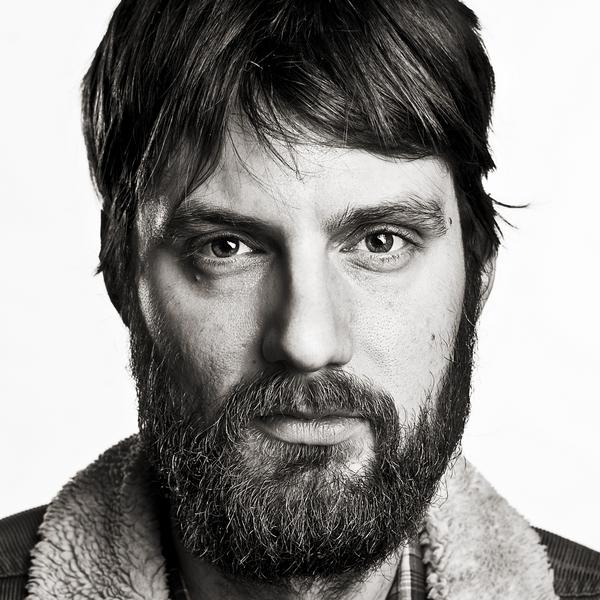 Caleb Stine: Eyes So Strong and Clean
Caleb Stine: Eyes So Strong and Clean Wye Oak: The Knot
Wye Oak: The Knot Pontiak: Maker
Pontiak: Maker White Rabbits: It's Frightening
White Rabbits: It's Frightening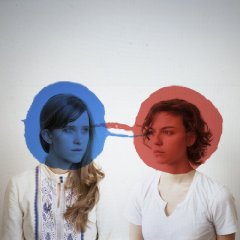 Dirty Projectors: Bitte Orca
Dirty Projectors: Bitte Orca Double Dagger: More
Double Dagger: More Elvis Perkins in Dearland: Elvis Perkins in Dearland
Elvis Perkins in Dearland: Elvis Perkins in Dearland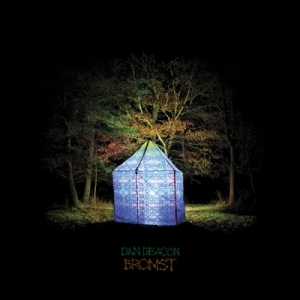 Dan Deacon: Bromst
Dan Deacon: Bromst The Thermals: Now We Can See
The Thermals: Now We Can See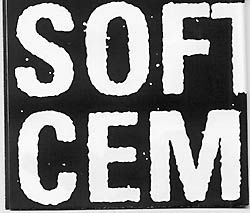 Soft Cement: Think About It EP
Soft Cement: Think About It EP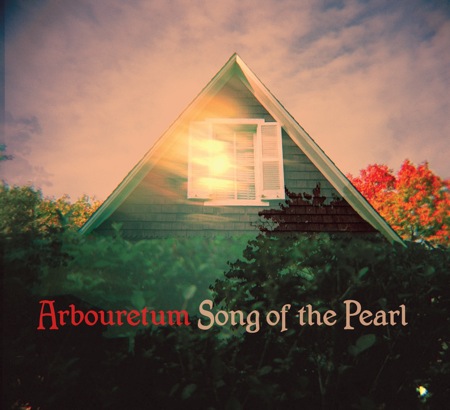 Arbouretum: Song of the Pearl
Arbouretum: Song of the Pearl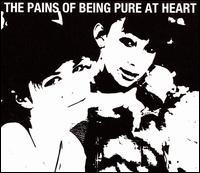 The Pains of Being Pure at Heart: The Pains of Being Pure at Heart
The Pains of Being Pure at Heart: The Pains of Being Pure at Heart Benjy Ferree: Come Back to the Five and Dime, Bobby Dee Bobby Dee
Benjy Ferree: Come Back to the Five and Dime, Bobby Dee Bobby Dee Weekends: Weekends
Weekends: Weekends Height With Friends: Baltimore Highlands 12" LP, Limited-Run Vinyl Only
Height With Friends: Baltimore Highlands 12" LP, Limited-Run Vinyl Only Caverns: Kittens! EP
Caverns: Kittens! EP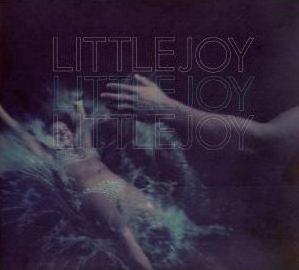 Little Joy: Little Joy
Little Joy: Little Joy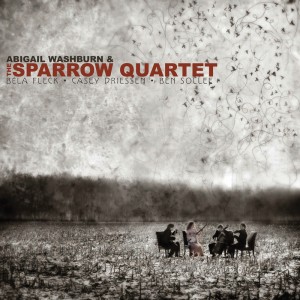 Abigail Washburn & the Sparrow Quartet:Abigail Washburn & the Sparrow Quartet
Abigail Washburn & the Sparrow Quartet:Abigail Washburn & the Sparrow Quartet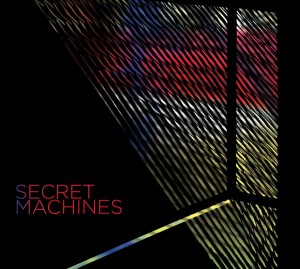 The Secret Machines: Secret Machines
The Secret Machines: Secret Machines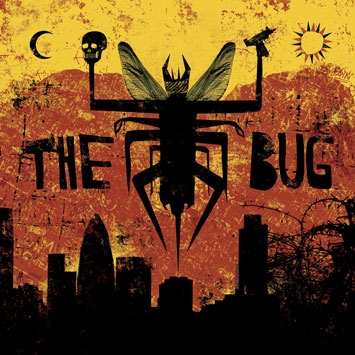 The Bug: LondonZoo
The Bug: LondonZoo 13th Floor Elevators: Psychedelic Sounds of the 13th Floor Elevators (Vinyl Mono LP only)
13th Floor Elevators: Psychedelic Sounds of the 13th Floor Elevators (Vinyl Mono LP only) Arbouretum/Pontiak: Kale (Vinyl LP only)
Arbouretum/Pontiak: Kale (Vinyl LP only) Small Sur: We Live in Houses Made of Wood
Small Sur: We Live in Houses Made of Wood AbeVigoda: Skeleton
AbeVigoda: Skeleton ImperialChina: Methods: EP
ImperialChina: Methods: EP